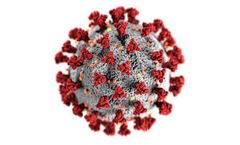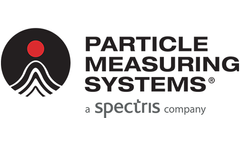Bacteria Testing Articles & Analysis: Older
8 articles found
This technology is also widely used in the detection of multiple biomarkers. Fluorescent Microspheres for Bacteria Detection Traditional bacterial detection (such as microdilution or E-test) takes a long time, so it is necessary to develop a method that can detect multiple bacteria quickly and efficiently. ...
Currently, the incidence of infectious diseases has increased globally, and the pathogens show a trend of diversification and complexity. Rapid and accurate pathogenic diagnosis, which enables early selection of sensitive anti-infective drugs or effective and targeted preventive and control measures, is the core of accurate prevention and treatment of infectious diseases. The epidemic of ...
The PolyStainer: a little bit of history It is well known that the detection of bacteria in blood cultures is also functioning in clinical microbiology using the Gram staining method, named after the Danish bacteriologist who originally devised it in 1844, Hans Christian Gram, is one of the most important staining techniques in microbiology. It is almost always the first ...
ByIUL S.A.
After extensive research and numerous tests, the air purifier has proven to be 99% filtration efficient. This means that it also captures and removes the virus particles in the air. Product description The E-PURE ASPRA M2500 permanently removes viruses, bacteria, harmful substances, fine dust, pollen and fungi from the air. ...
Aseptic Process Simulation Validation of aseptic processing should include an aseptic process simulation (APS) test. This test measures the performance of the manufacturing process using a sterile microbiological growth medium and/or placebo (e.g., culture media of cells which is demonstrated to support the growth of bacteria). The ...
Numerous chemical and physical methods have been employed to prepare metal nanoparticles, including chemical reduction. Silver has been known to have potential for bactericidal properties and promotion of wound healing. The recent emergence of nanotechnology has provided a new therapeutic modality in silver nanoparticles for use in burn wounds. We used chemical reduction for preparation of ...
Bacterial vaginosis (BV) is a common syndrome associated with numerous adverse health outcomes in women. Despite its medical importance, the etiology and microbial ecology of BV remain poorly understood. We used broad-range PCR to census the community structure of the healthy and BV-affected vaginal microbial ecosystems and synthesized current publicly available bacterial 16S rRNA gene sequence ...
Fluorescence in situ hybridization (FISH) with rRNA-targeted oligonucleotide probes is a method that is widely used to detect and quantify microorganisms in environmental samples and medical specimens by fluorescence microscopy. Difficulties with FISH arise if the rRNA content of the probe target organisms is low, causing dim fluorescence signals that are not detectable against the background ...







